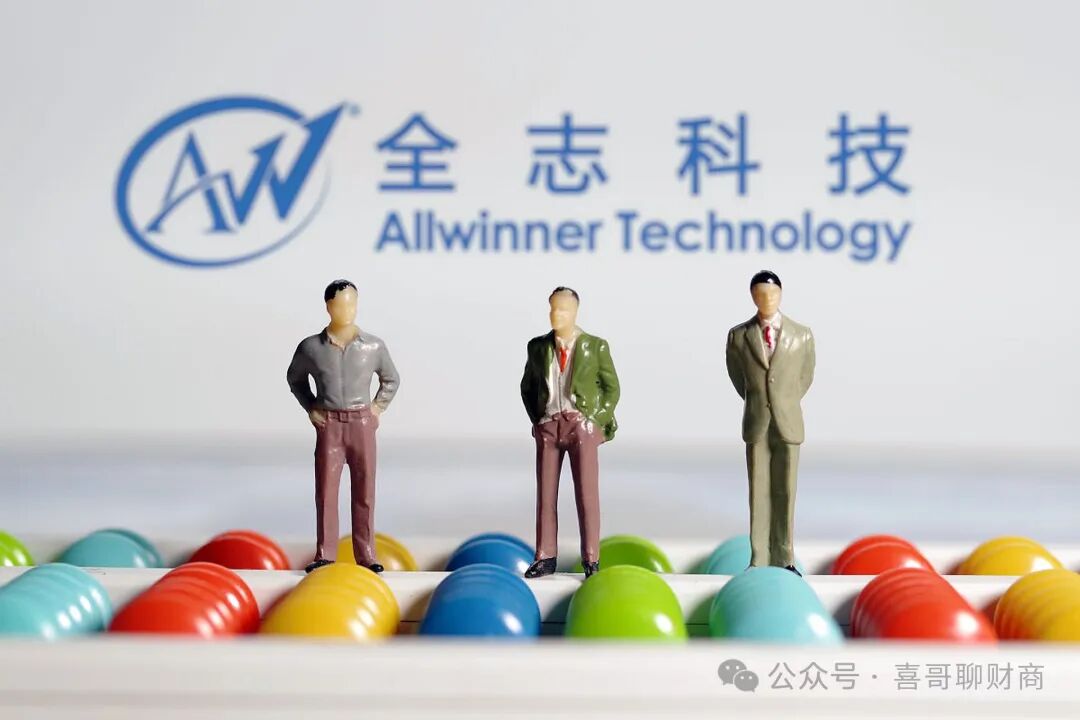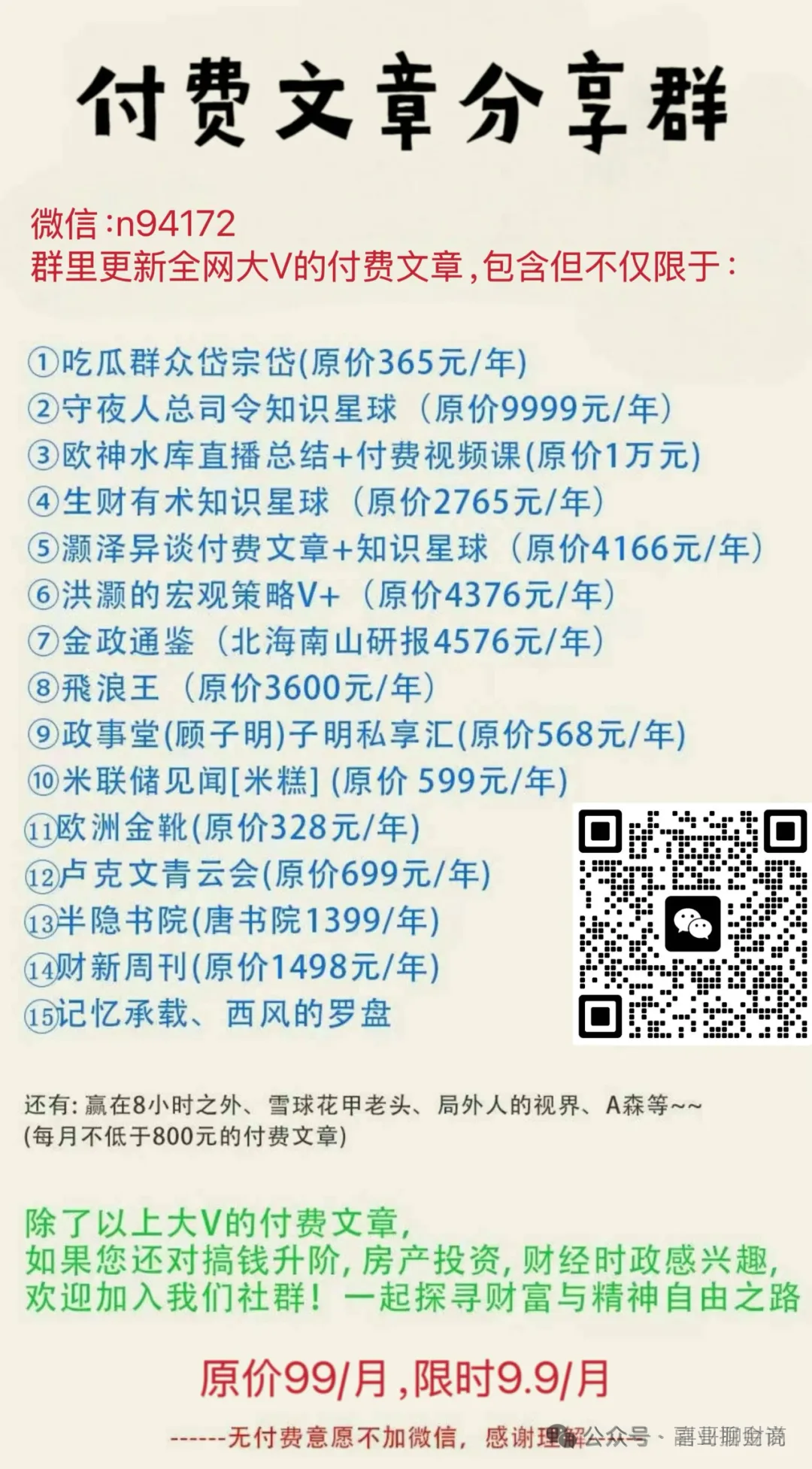1. Corporate Culture: Pragmatism and Innovation as Dual Drivers
Allwinner Technology’s corporate culture can be summarized in three words: “down-to-earth.” This company does not have the aggressive wolf culture of some firms, nor does it emphasize the warmth of “family culture” like certain large enterprises. Instead, it genuinely engraves the principle of “customer-centric and creator-oriented” into its very essence. Feedback from employees indicates that the atmosphere here resembles an “engineer’s paradise”—tight-knit teamwork without bureaucracy; innovation is encouraged, but not pursued blindly.
 For example, the MR527 robot chip launched by the company in 2024 saw engineers spending three months in the lab to optimize power consumption, ultimately reducing the chip’s standby power to below 1 milliwatt. This meticulous attitude reflects Allwinner’s core value of “deeply practical, must achieve goals.” Interestingly, the company holds an annual “Tech Marathon,” allowing teams to rapidly iterate prototype products within 24 hours, with winners receiving substantial project incubation funds. This “training while fighting” model not only stimulates innovative vitality but also mitigates the risks of closed-door development.
For example, the MR527 robot chip launched by the company in 2024 saw engineers spending three months in the lab to optimize power consumption, ultimately reducing the chip’s standby power to below 1 milliwatt. This meticulous attitude reflects Allwinner’s core value of “deeply practical, must achieve goals.” Interestingly, the company holds an annual “Tech Marathon,” allowing teams to rapidly iterate prototype products within 24 hours, with winners receiving substantial project incubation funds. This “training while fighting” model not only stimulates innovative vitality but also mitigates the risks of closed-door development.
2. Industry Competition: Finding a Path in the Cracks of Giants
In the smart chip sector, Allwinner’s competitors are formidable. Domestically, there are Rockchip (30% market share in security chips) and Amlogic (leader in smart TV chips), while internationally, it faces the crushing pressure from Qualcomm and MediaTek. However, Allwinner has managed to carve out its survival path amidst these giants.
Take automotive chips as an example; Qualcomm’s 8155 chip nearly monopolizes the mid-to-high-end market, but Allwinner’s T7 series chips have successfully broken through through “differentiated competition.” It has chosen not to compete with Qualcomm on computing power but instead focuses on “cost-effectiveness + localized service,” such as customizing multi-screen interaction solutions for domestic car manufacturers, supporting dialect voice recognition, and even automatically adjusting seat positions based on user habits. This “down-to-earth” strategy has allowed Allwinner to capture 50% of the aftermarket in-car market, and it is beginning to enter the supply chains of BYD and Geely in the OEM market.
However, emerging competitors should not be underestimated. For instance, Qingwei Intelligent, which focuses on edge computing, has AI chips with energy efficiency surpassing some of Allwinner’s products; while Huawei’s HiSilicon, despite sanctions, remains a keen competitor in the smart home sector. Allwinner’s moat may lie in its “hardware + software + ecosystem” full-stack capability—providing chips, customizing algorithms for clients, and even assisting in connecting downstream manufacturers.
3. Technological Innovation: A Dual Bet on RISC-V and AI
Allwinner’s technological layout resembles a high-stakes gamble. It has staked its future on two major trends: RISC-V architecture and edge AI.
RISC-V is an open-source chip architecture that is more flexible and cheaper compared to ARM and x86, making it particularly suitable for IoT devices. Allwinner partnered with Alibaba’s Pingtouge as early as 2020 to launch the RISC-V based D1 chip, which is now applied in robotic vacuum cleaners and smart home appliances. In 2024, revenue from the RISC-V product line grew by 218%, with a gross margin of 52.7%, far exceeding the industry average. This “ecological positioning” strategy has allowed Allwinner to establish a barrier in the IoT chip market.
In the AI field, Allwinner has chosen an “edge-first” approach. Its MR813 chip integrates 2TOPS of NPU computing power, capable of local motion control and environmental perception for quadruped robots, with a latency of less than 50 milliseconds. More critically, Allwinner is developing a new generation of chips that support large models, with plans to launch in 2025. If successful, this will mark a significant breakthrough for domestic chips in the edge AI domain.
4. Financial Health: Profitability is Back
Looking at the financial reports, Allwinner’s performance in 2024 can be described as a “comeback.” Revenue reached 2.288 billion yuan, a year-on-year increase of 36.76%; net profit was 167 million yuan, soaring by 626%. Two key factors contributed to this: the explosive demand for AIoT and automotive chips, and the low base from 2023 (when net profit was only 23 million yuan).
However, there are concerns. The gross margin fell from 32.4% to 31.19%, primarily due to price reductions on older products and rising wafer costs. Nevertheless, the company has partially offset this pressure by launching high-end products like the T527V automotive chip. In terms of cash flow, operating cash flow was 196 million yuan, which, while not abundant, shows slight improvement compared to 188 million yuan in 2023. R&D investment was 533 million yuan, accounting for 23.28% of revenue, which is above average in the chip industry, indicating that the company continues to invest in technological innovation.
5. Strategic Layout: Betting on Robotics and Automotive Intelligence
Allwinner’s future strategy can be summarized as “three focuses”: focusing on robotics, focusing on automotive electronics, and focusing on AIoT.
In the robotics sector, the company has already launched the MR527 and MR536 chips, used in robotic vacuum cleaners and logistics robots. More aggressively, it plans to enter the quadruped and humanoid robot markets, with a new generation of motion control chips set to be released in 2025. If this move succeeds, Allwinner could become a core supplier of domestic robot chips. In automotive electronics, Allwinner’s T736 cockpit chip has entered the trial production stage with leading automotive manufacturers, while the T527V chip has passed AEC-Q100 certification and is beginning to ramp up in the OEM market. The company is also exploring the application of large models in automotive scenarios, such as voice assistants and autonomous driving perception. However, the certification cycle for automotive chips is long, and the technical barriers are high; Allwinner needs to prove its mass production capabilities in the next two years.
6. Market Expectations: Why Are Institutions Optimistic?
Recently, institutions such as Huachuang Securities and Caitong Securities have released reports giving Allwinner Technology a “recommended” rating. Their logic is clear: the demand for AIoT continues to grow, the domestic substitution of automotive chips is accelerating, and the RISC-V ecological dividend is being released. From the perspective of capital movement, northbound funds increased their holdings by 126.53% in 2024, raising their shareholding ratio to 2.63%, while the company’s major shareholder Zhang Jianhui has also slightly increased his holdings. However, there are market concerns. For instance, the global semiconductor cycle may peak in 2025, and inventory destocking may not meet expectations; additionally, Allwinner’s technological accumulation in high-end chips still lags behind international giants, and its ability to maintain competitiveness in the era of AI large models remains to be seen.
The Microcosm and Challenges of Domestic Substitution
The story of Allwinner Technology is a microcosm of China’s semiconductor industry. It started with tablet chips, experienced the pain of market contraction, and ultimately found new growth points in AIoT and automotive electronics through technological iteration and strategic adjustment. However, its challenges remain immense: it must contend with the technological suppression from international giants while guarding against cross-industry competition from emerging domestic enterprises. For investors, Allwinner Technology is like a domestic car climbing a hill—though the chassis is solid, the roar of the engine still carries a hint of tremor. If you are optimistic about the future of domestic chips and are willing to accompany it through the pains of growth, you may reap excess returns; but if you seek stable happiness, you might need to wait and see.
Disclaimer: The content published by this public account is for general reference only. The information comes from the internet, and the views expressed are solely the author’s independent analysis, not representing any institutional position, and do not constitute investment advice. The public account does not bear legal responsibility for any direct or indirect losses caused by reliance on the information in this article. Any decisions and actions made by users based on the information from this account are at their own risk. The copyright of the original content of this article belongs to this account, and commercial reproduction without authorization is prohibited. We strive for the accuracy and timeliness of the content, but cannot guarantee the absolute completeness or correctness of all information. If there are copyright issues with the article content, please contact the author in a timely manner. This public account reserves the right to modify and interpret the published content without prior notice. Users subscribing to this account are deemed to agree to this statement; please carefully assess the value of the information and verify its source. This statement is hereby made.